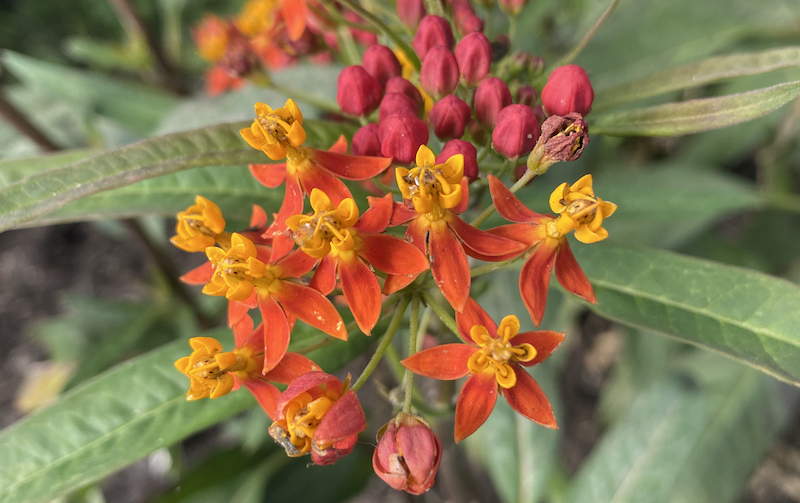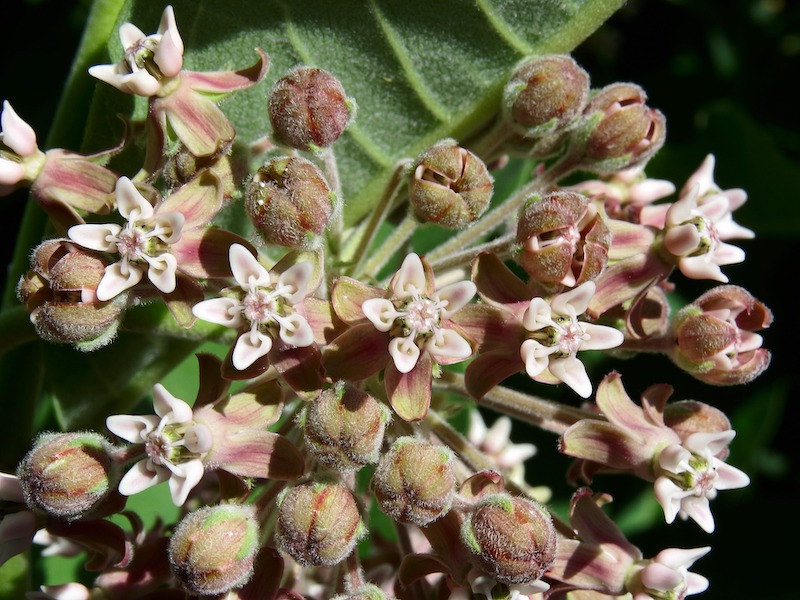Why should you fertilize Milkweed? Native plants do very well without much assistance, so feeding Milkweed may seem unnecessary. This low-maintenance perennial can do well without fertilizer, but amending the soil or applying a gentle plant food can keep the plant healthy and increase the growth rate. Find out what you need to know about fertilizing native and tropical Milkweed and how to ensure a mature, established plant that comes back year after year.

How to Fertilize Milkweed
The easiest way to support Milkweed plants is to amend the soil with organic matter. Milkweed is not a heavy feeder; providing slightly acidic, nutrient-rich soil will support plenty of new growth. In containers, the ideal potting mix will be loose, fertile, and slightly acidic.
Another option to support growth is to use a commercial, slow-release fertilizer. Liquid and water-soluble formulas can also be used, but they deliver a much higher dose of nutrients all at once and are more difficult to apply. Large doses of fertilizer may cause excess foliage growth and fertilizer burn.
Best Time To Fertilize Milkweed
Early in the growing season is the best time to feed Milkweed plants. Mix in organic compost or manure when planting new plants, or top-dress the soil with organic matter for established plants. A single application of a slow-release fertilizer in the spring is enough to support the plant throughout the growing season.

Best Fertilizer For Milkweed
A balanced, slow-release fertilizer with an NPK ratio like 10-10-10 is a good option for Milkweed. The number or ratio of the fertilizer refers to the amount of nitrogen, phosphorus, and potassium in the mix. Some plants need more of one nutrient over another, but Milkweed thrives with a balanced diet.
Milkweed Fertilizing Tips
- Spring is the best time to apply fertilizer to Milkweed
- Rich, slightly acidic soil amended with manure or organic compost will support healthy growth
- A single application of balanced, slow-release fertilizer will support the plant throughout the growing season
- Water the plant before applying fertilizer to protect the roots from fertilizer burn
Warnings
-Always wear protective gloves and a face mask when handling chemical fertilizers.
-Closely follow all directions and storage guidelines that are on the fertilizer label.
 |
Author Alison Cotsonas - Published 08-07-2022 |
